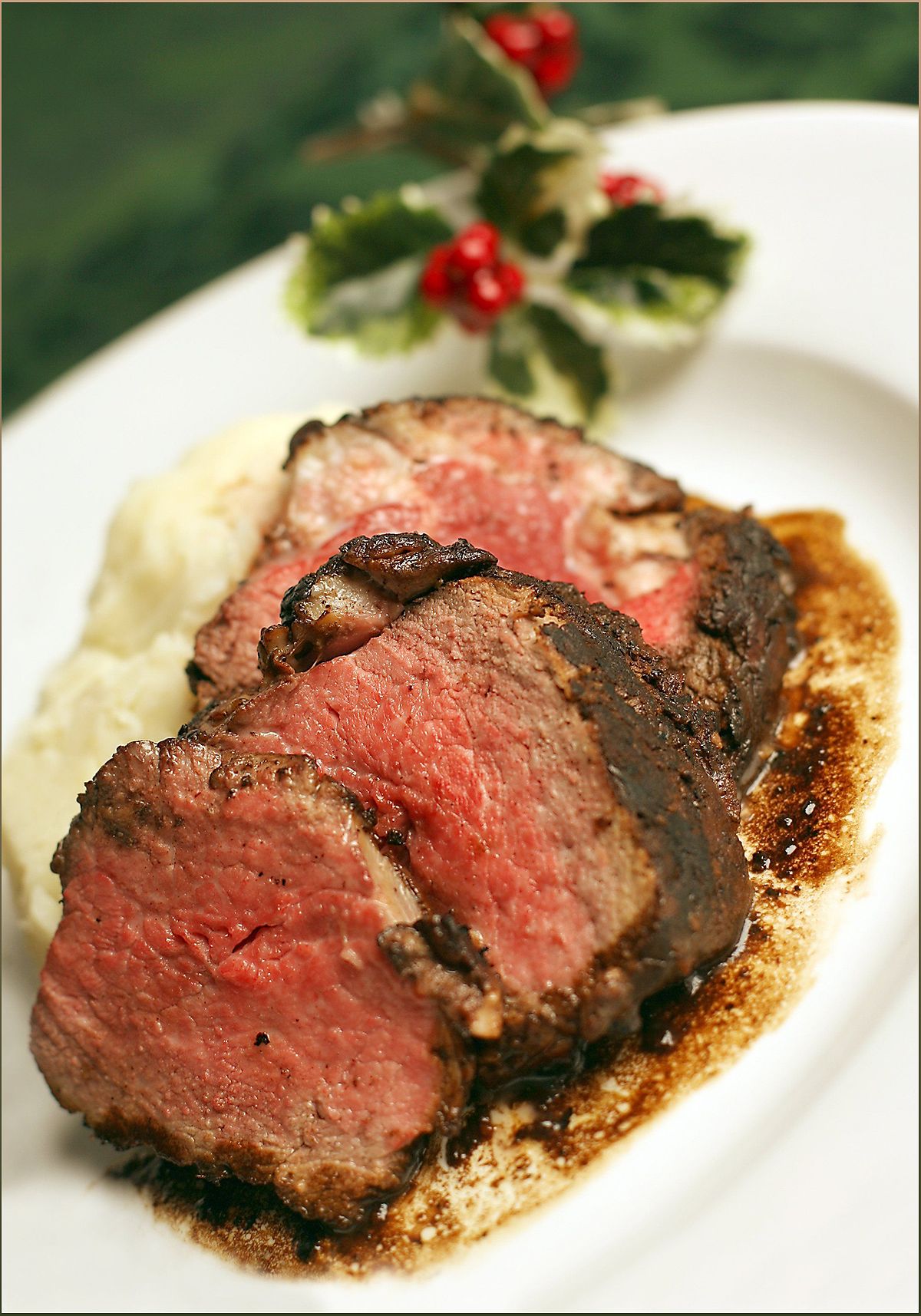Are you ready to impress your guests with a showstopping beef tenderloin roast? In this comprehensive guide, we will unveil the secrets to achieving a perfectly cooked tenderloin that will leave everyone craving for more. From trimming and dry-aging to roasting and resting, we will walk you through each step with the expertise of a seasoned culinary artist. Get ready to elevate your holiday dinner to new heights with this ultimate guide to roasting beef tenderloin.
Trimming and Preparing the Beef Tenderloin
Before you embark on your beef tenderloin roasting journey, it’s crucial to properly trim and prepare the meat. Start by removing any excess fat or silver skin from the tenderloin. Additionally, cut off the ‘chain,’ which is a long piece of meat with fat and muscle.

While some recipes suggest folding the tapered end underneath the tenderloin, it’s often more successful to remove it and cook it separately or freeze it for future use. This ensures an even hunk of meat and more consistent cooking.
By taking the time to trim and prepare the beef tenderloin, you’ll set the stage for a delicious and visually appealing roast.
The Importance of Dry-Aging
Dry-aging is a crucial step in the process of roasting beef tenderloin. By placing the meat on a rimmed platter and patting it dry with paper towels, you allow the exterior to crisp up during the roasting process.
For optimal results, refrigerate the meat for at least overnight, or preferably up to two days. This extended dry-aging period intensifies the flavor and improves the tenderness of the beef.
After dry-aging, season the beef tenderloin with salt, freshly ground black pepper, or your favorite seasoning. Tying the roast in several spots ensures it maintains a nice shape during cooking.
By understanding the importance of dry-aging, you’ll unlock the full potential of flavor and texture in your roasted beef tenderloin.
The Roasting Process
Proper roasting is key to achieving a tender and succulent beef tenderloin. Start by removing the tenderloin from the refrigerator and allowing it to come to room temperature for about an hour.
Preheat the oven to 400 degrees Fahrenheit and heat oil in a large skillet over medium-high heat. Sear the tenderloin on all sides until nicely browned, then transfer it to a rimmed baking sheet and place it in the oven.
Cook the beef tenderloin for 10 minutes at 400 degrees Fahrenheit, then reduce the temperature to 325 degrees Fahrenheit and continue cooking for another 20 minutes or until it reaches the desired internal temperature.
For medium-rare, aim for an internal temperature of 120 degrees Fahrenheit, or 125 degrees Fahrenheit for a slightly more cooked medium doneness. Remember to use an instant-read thermometer to ensure accuracy.
By following these roasting guidelines, you’ll achieve perfectly cooked beef tenderloin that will impress your guests.
The Reverse Sear Method
The reverse sear method is an alternative approach to roasting beef tenderloin that yields exceptional results. This technique involves first cooking the tenderloin low and slow in the oven.
After the desired doneness temperature is reached, the tenderloin is removed from the oven and given a final blast of high heat to achieve a beautiful crust. This can be done in the oven, under the broiler, or in a hot skillet.
The reverse sear method allows for more even cooking and a larger margin of error, making it a popular choice among home cooks. It results in a tender and evenly cooked beef tenderloin with a flavorful crust.
By exploring the reverse sear method, you’ll have another technique in your culinary arsenal to elevate your beef tenderloin roasting game.
Resting and Serving the Beef Tenderloin
Resting the beef tenderloin after roasting is a crucial step that allows the juices to redistribute and the meat to become more tender. Let the tenderloin rest for about five minutes before slicing it.
When it comes to serving, slice the beef tenderloin into 1/4-inch-thick slices. This thickness allows for a perfect balance of tenderness and presentation. Serve it alongside your favorite side dishes and sauces.
Remember, the final temperature for medium-rare should be around 125 degrees Fahrenheit. Remove the meat from the oven when it registers about 115-120 degrees Fahrenheit in the thickest part, as it will continue to cook and increase in temperature during the resting period.
By understanding the importance of resting and serving the beef tenderloin properly, you’ll ensure a memorable dining experience for your guests.
